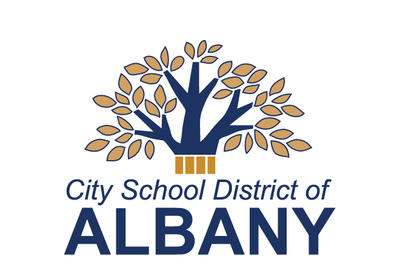
For obvious and extremely good reasons, much of the attention on the function of a school district typically focuses on academics and areas that provide direct support to students.
This is as it should be. Regularly evaluating the mechanisms of teaching and learning to be sure they are meeting the needs of all students is fundamental to our work.
It has been clear during my first year that, while we know there is always room to do better, the City School District of 91¸£Àûµ¼º½ has a well-established process in place to ensure an ongoing cycle of research- and standards-based review and continuous improvement on the academic side of our organization.
Having those systems solidly in place is providing an opportunity to take a similar look at key functions on the operational side – human resources, maintenance and communications.
The behind-the-scenes roles that our employees in these areas fulfill are critical to student success. Yet, they often are overlooked as we focus on what’s happening in our classrooms.
Leaders in these key areas are working with partners this school year to evaluate their systems, staffing and strategic goals. These independent audits will help us understand if we are doing the right work, in the right ways, with the right staffing levels to support our academic goals.
We already know what one finding will be in each area – that we have talented, dedicated employees at all levels who care deeply about the success of our students. This is not in question.
We also know that some of the challenges we face in our operations are the same as our challenges on the academic side – and the same that I’m sure many of you face in your own workplace.
Hiring and retention.
The labor force changed significantly during the pandemic. The ability of employers in nearly every industry to restore their workforce to pre-pandemic strength remains a challenge.
We have nearly 1,800 employees, and our Human Resources Division has hired them all – among many other functions related to the needs and responsibilities of one of the region’s largest workforces.
Our HR audit is examining whether that office has enough staff in proportion to the size our district, and whether the right number of staff are assigned to each function.
This audit also will help us broaden our recruitment efforts – not just to find more employees, but to attract and retain a more diverse group of employees, especially in our teaching workforce. Diversifying our teaching staff is a priority, and we believe this audit will help us move more purposefully toward that goal.
Our Maintenance and Operations Department keeps track of 879 classrooms, 2.1 million square feet of space in 21 buildings, 6.5 miles of sidewalks, 121 acres of lawns, playgrounds, athletic fields and parking lots.
The audit in this area is evaluating facilities management and staffing needs. While we have struggled to maintain full staffing in this area since the pandemic, we also are eager for feedback on how we deploy our staff.
Effective two-way communication – listening as well as providing timely, relevant information and answers – is a foundational element of strong relationships that support student success.
Our Communications Department employs a broad range of tools, tactics and outreach efforts to help us meet these goals. This audit will gather important feedback about perceptions of our district overall, and help ensure that communication efforts throughout the organization are even more effective moving forward.
In sum, these audits are efforts to evaluate vital areas that help form the backbone of our district, and to identify ways in which we can better support the dedicated people doing this important work.
Sincerely,

Joseph Hochreiter
Superintendent




